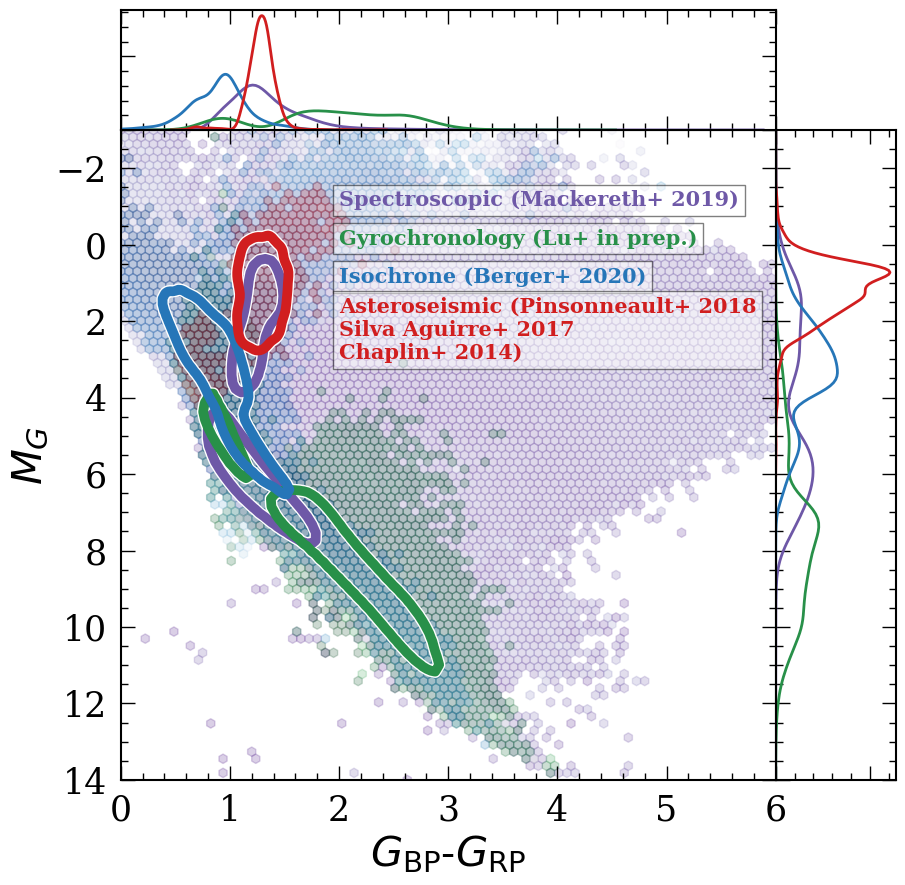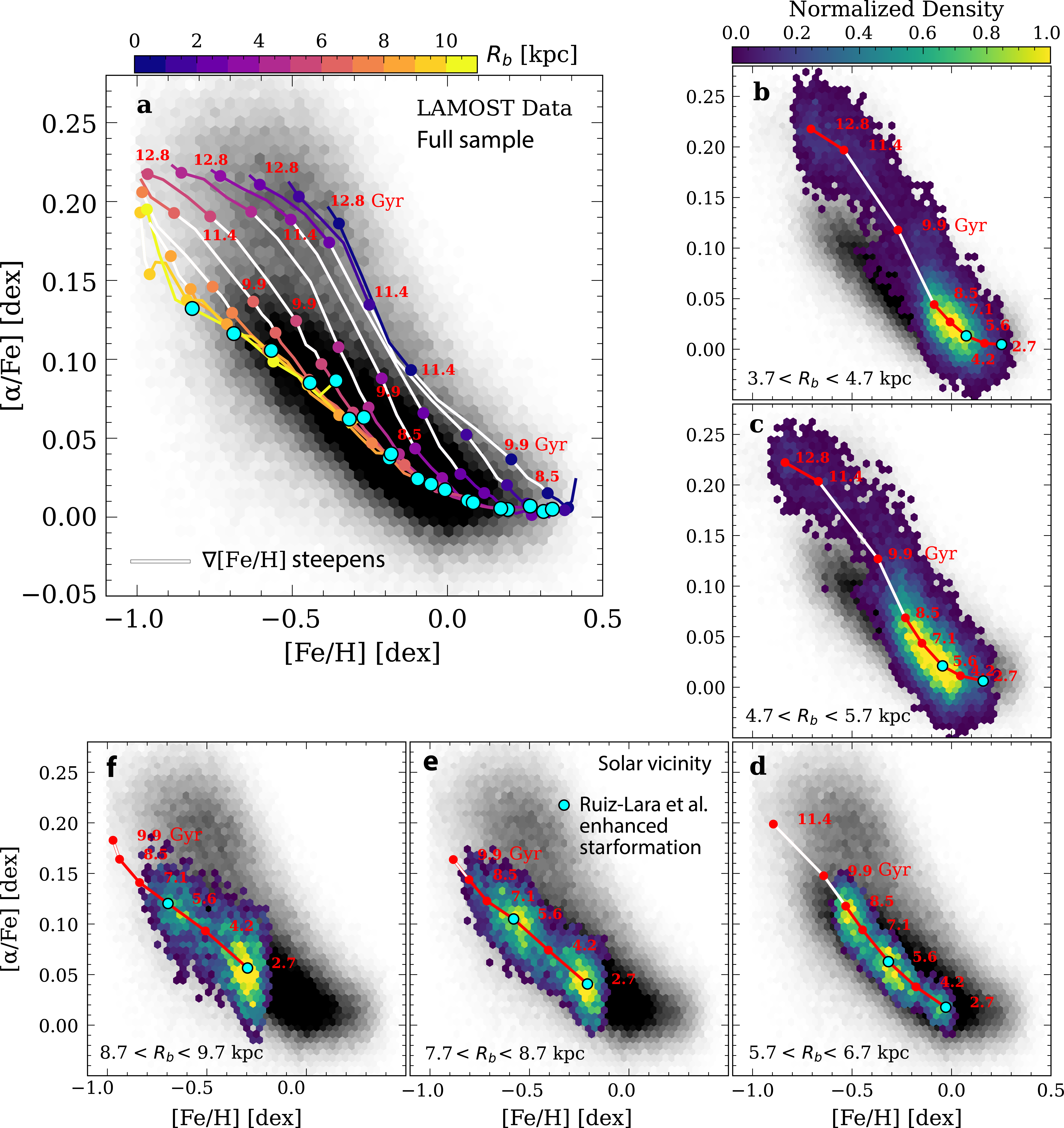About me
Download my CV ADS Google Scholar
I'm a Buckeye Prize Fellow and Ohio State President's Postdoctoral Scholar at the Ohio State University. I graduated with an Astronomy Ph.D. from Columbia University in Aug 2023. My dissertation, "Rewinding the Milky Way in Time," explored the history and evolution of our Galaxy through the lens of stellar populations. I am interested in stellar physics, Galactic archaeology, and the statistical analysis of exoplanet systems. I specialize in deriving stellar ages from large stars surveys (e.g. Kepler, TESS, APOGEE, LAMOST etc.), with a focus on gyrochronology calibration and the other half on Galactic Archaeology, with a focus on radial migration and birth radii inference. I am broadly interested in leveraging interdisciplinary approaches and large datasets to reconstruct the formation and evolutionary history of the Milky Way and its planetary systems.
Stellar ages:
My work focuses on obtaining stellar ages through gyrochronology and spectroscopy. In particular, I have dedicated a lot of my time calibrating gyrochronology relations for low-mass old stars using kinematics.Stellar age catalogs I created that are publicly accessible:
- Gyrochronology relation (GPgyro; available here) to obtain dwarf star ages from 0.67 - 14 Gyr for partially and fully convective stars (~100,000 dwarf stars; available here)
- Gyro-Kinematic ages (29,949 Kepler ages; available here): We combined kinematic properties (verticle velocity), temperature, magnitude from Gaia, and rotation periods from Kepler to estimate gyro-kinematic ages.
- Spectroscopic ages and red clump membership (64,317 APOGEE ages: available here): We used The Cannon) to obtain stellar ages and red clump membership from APOGEE spectra. These stellar ages are then used to study the properties of the high- and low-α disks.

Galactic Archaeology:
My work in galactic archaeology has been on analyzing simulations or comparing simulations to Milky Way data to understand the formation history of our own Galaxy. I mainly focus on the importance of radial migration and obtaining birth radii for stars (see one of the figures form the paper explaining the foramtion of the MW).
- © Untitled
- Design: HTML5 UP